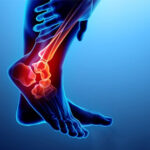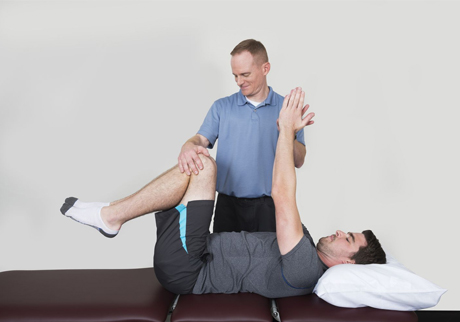
Ankle Sprain
March 16, 2024
Spinal Canal Stenosis
March 18, 2024Physiotherapy Treatment for Finger Fracture
A finger fracture occurs when one or more bones in the finger are broken, often as a result of trauma, such as a direct blow or crushing injury. Physiotherapy plays a crucial role in the rehabilitation process, helping to reduce pain, swelling, and stiffness, and promoting optimal healing and restoration of function. Here's a comprehensive treatment plan:
Causes of Finger Fracture:
Several factors may contribute to the development of a finger fracture:
- Traumatic Injury: Finger fractures commonly occur due to traumatic injuries, such as a direct impact or crushing force to the finger, such as during sports activities or accidents.
- Falls: Falling onto an outstretched hand or onto a hard surface can result in a finger fracture, especially if the impact is significant.
- Repetitive Stress: Overuse or repetitive stress on the fingers, such as in activities involving gripping or repetitive movements, can lead to stress fractures or microtrauma over time.
- Medical Conditions: Certain medical conditions, such as osteoporosis or bone weakening diseases, may increase the risk of fractures, including those in the fingers.

Physiotherapy Treatment:
Immobilization:
- Initially, the fractured finger may be immobilized with a splint or buddy taping to protect the injured bone and promote proper alignment during the healing process.
Pain Management:
- Modalities such as ice therapy, heat therapy, or transcutaneous electrical nerve stimulation (TENS) may be used to reduce pain and inflammation in the finger.
Range of Motion Exercises:
- Gentle range of motion exercises help maintain flexibility and prevent stiffness in the finger joint. Exercises may include finger flexion and extension, finger abduction and adduction, and gentle stretching.
Strengthening Exercises:
- Once the fracture has healed sufficiently, progressive strengthening exercises are introduced to rebuild strength in the muscles and tissues surrounding the injured finger. Exercises may include grip strengthening, resistance band exercises, and finger resistance exercises.
Manual Therapy:
- Manual therapy techniques such as soft tissue massage, joint mobilizations, and scar tissue massage may be used to reduce muscle tension, improve joint mobility, and promote healing.
Functional Rehabilitation:
- Functional rehabilitation involves specific exercises and activities aimed at restoring normal finger function and dexterity. Activities may include grip exercises, fine motor coordination exercises, and functional tasks related to daily activities or work requirements.



